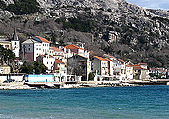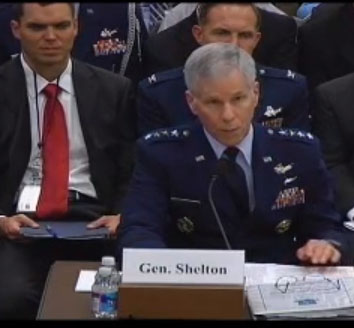 Aerial view of the U.S. Commerce Department building in Washington D.C., where the Space-Based PNT coordination office is located.
Aerial view of the U.S. Commerce Department building in Washington D.C., where the Space-Based PNT coordination office is located.
The 2011-13 members of the federal Space-Based Positioning, Navigation and Timing Advisory Board will hold their second meeting of the year on Thursday and Friday, November 9-10 at the Washington Ballroom of the Crowne Plaza Old Town Alexandria Hotel, 901 North Fairfax, Alexandria, Virginia.
On Thursday, the meeting runs from 9 a.m. to 5 p.m. On Friday, it will begin at 9 a.m. and end at 1 p.m.
The meeting is open to the public, limited by the capacity of the room.
Read More >
By Inside GNSS
 The Wedge, a surfer’s dream at Newport Beach/Corona Del Mar.
The Wedge, a surfer’s dream at Newport Beach/Corona Del Mar. 














